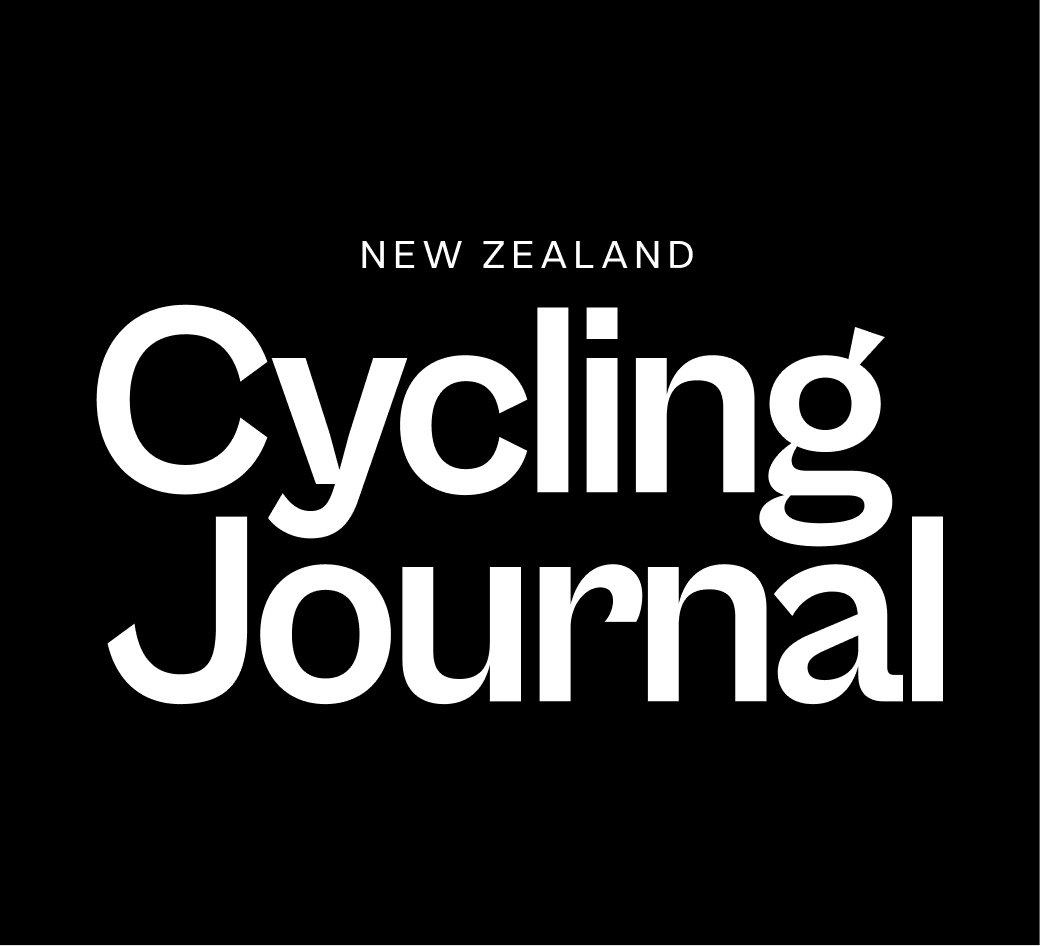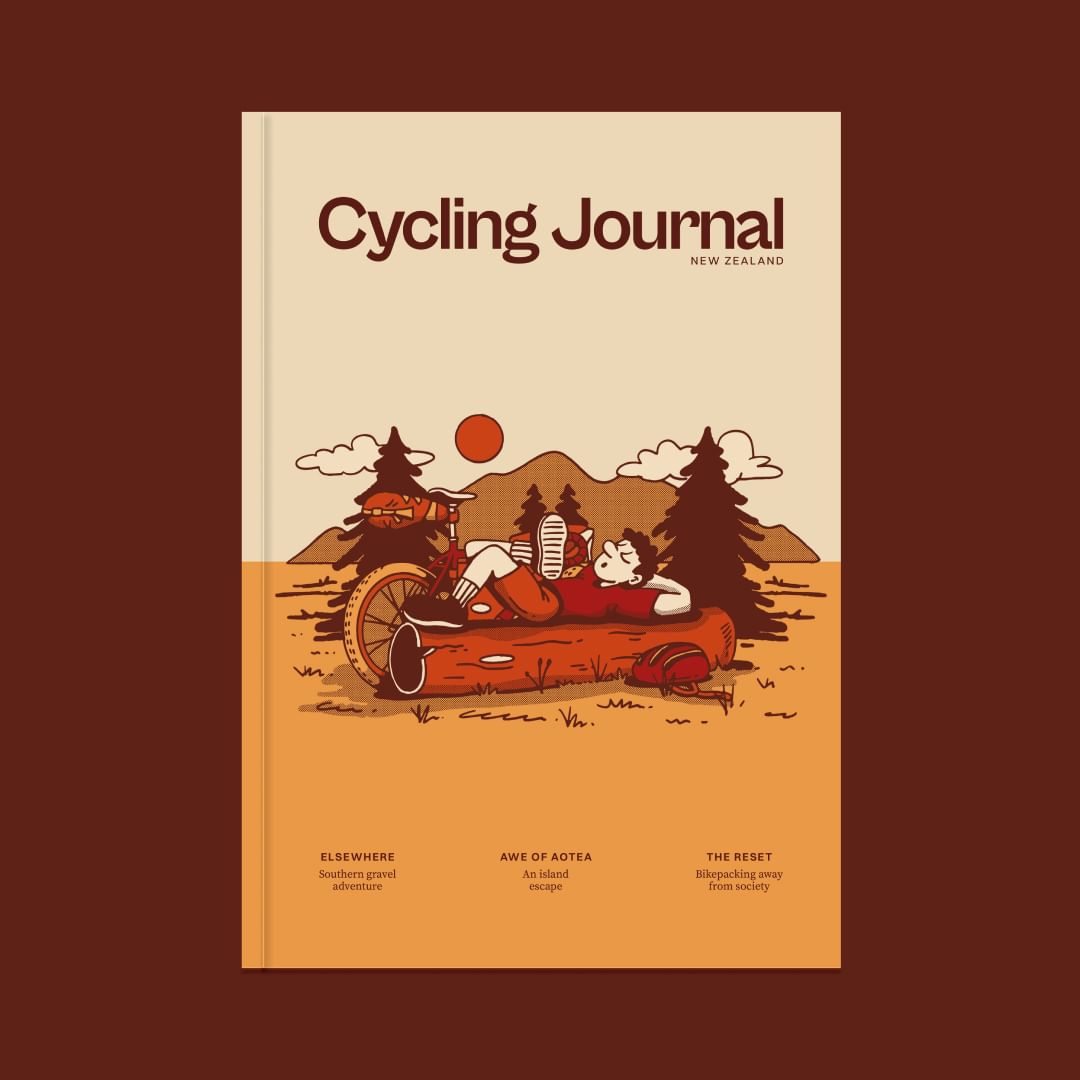Words & Images Frankie Ifrah
I kept hearing myself say, “I really want to do that one day” and realised that “one day” only depended on me finding the courage to take the leap.
So, I leapt.
My first bikepacking trip was with my old bike and some panniers I borrowed from my brother. I packed my camping gear and enough food for the weekend, and on a Friday after work headed to Clevedon to do a loop to Miranda and back. I knew then that I was an adventure cyclist.
Patagonia had been on the bucket list for a long time, so I took some time off work to cycle the 2630km solo from Puerto Montt, in Chile, along the legendary Carretera Austral and down to Ushuaia, Argentina. It was a rough start – my bike was lost in transit, I’d caught Covid on the flight, and it rained every day for the first two weeks. My body was used to the office, and while I had always been active, I was no athlete. My training had mostly been commuting to work, and I was relying on getting fit on the road. Every day something different would hurt, but I figured if the pains moved, they couldn’t be that serious, so I pushed on. Eventually, the office was beaten out of me, the sun came out, and I got used to life on the road.
Patagonia is majestic, vast, grand, and difficult. There was always something to contend with – the rain, the cold, the wind, the flies, the dust, the solitude, or just the lack of food choice. The challenges only make the rewards sweeter, though, they force you into the present and make you appreciate even the smallest of comforts. One day, riding up a particularly steep hill, a truck slowed behind me, I was impatient, just wanting them to pass and leave me to it. At that moment, a hand came out the window and the driver gave me an apple. It is for these precious moments that I go to inhospitable places; people are full of warmth and kindness.
I arrived in Villa O’Higgins, the end of the Carretera Austral, on Christmas day. The lake there is a tropical blue, the sun was out, and the campsite had hot showers (only in the afternoons, once the stove had heated the water). It was the best Christmas present I could ever have hoped for.
The second half of the trip had starkly different landscapes, with the mountains and valleys giving way to vast, open, windy pampa. I spent my days riding alone, mile after mile, with the guanacos (Argentinian lamas), pink flamingos, sheep and armadillos. Finding water and shelter became my constant concern. The wind was so strong that it was sometimes hard to breath, it would whip my breath away – and it made me mad. There was no way to pitch my tent in that wind, and the open landscape offered no natural shelter. Every evening, I would look for an old building or a culvert to put my tent up in, or a farmhouse to camp next to. Never before had I experienced that visceral need for shelter, and never in a million years would I have imagined that I would be so happy to find an abandoned, graffiti covered, collapsing house to sleep in. I was a long way from my suburban, corporate life.
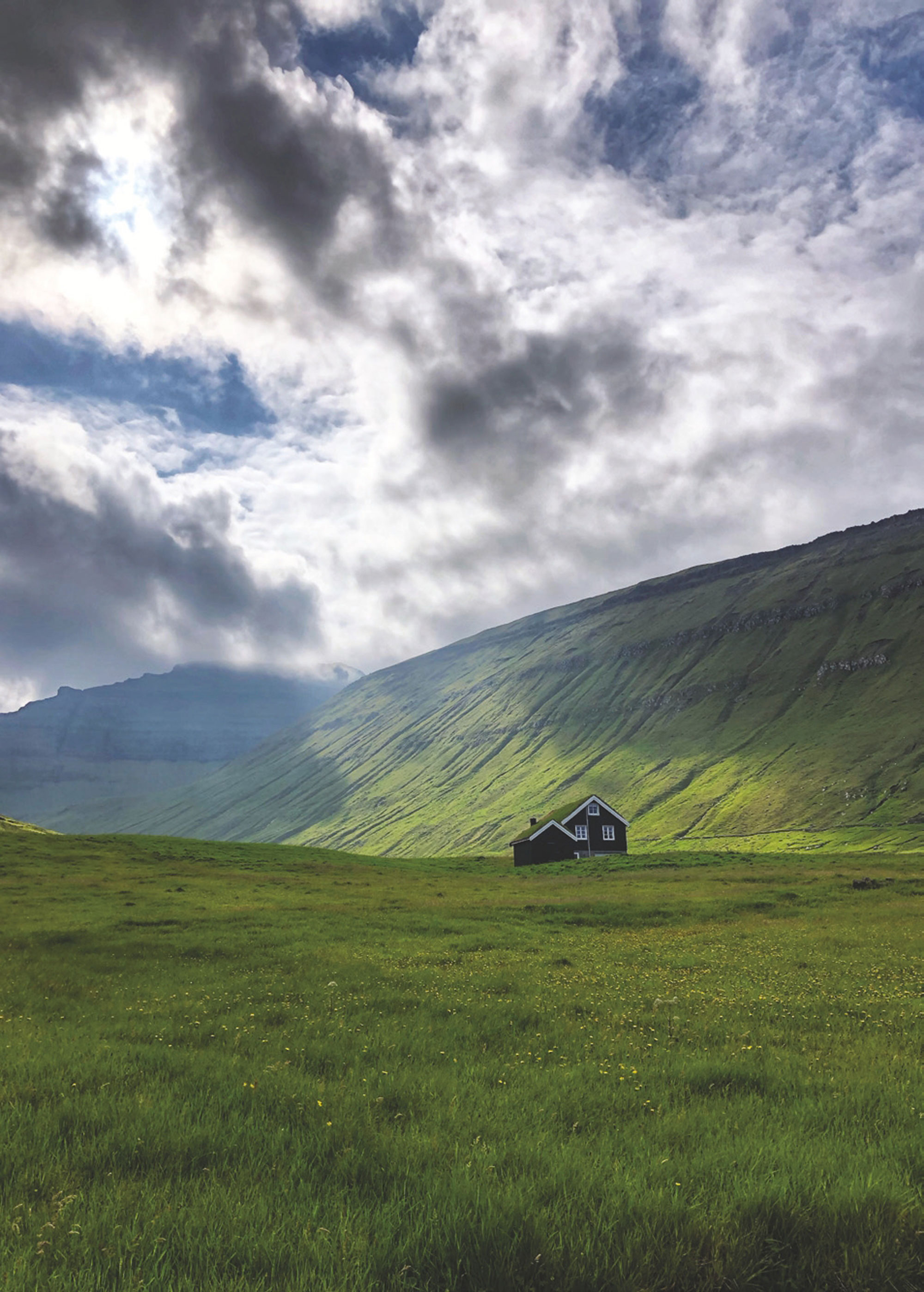
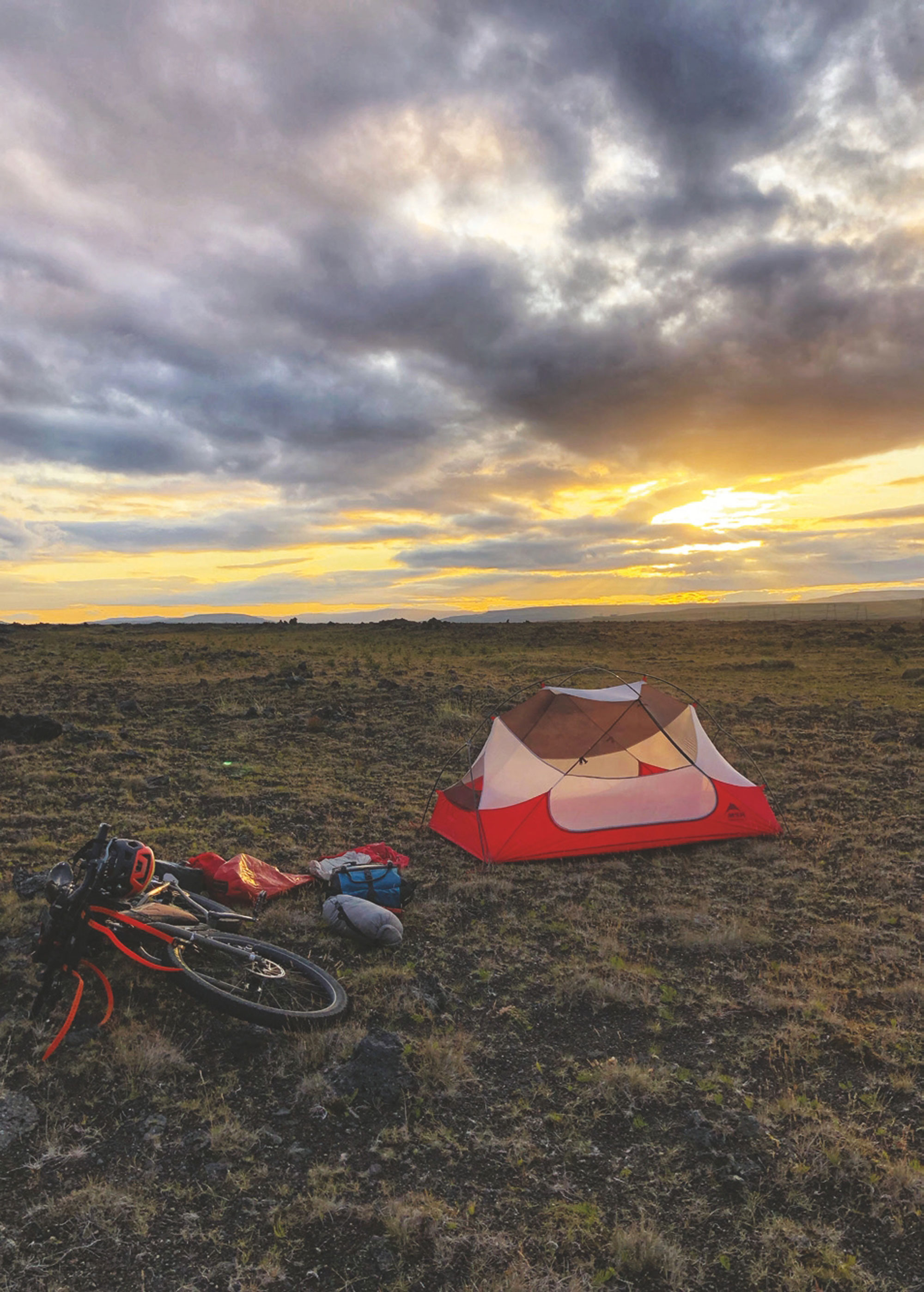
It was over a beer in Kathmandu that I had first heard about the Faroe Islands. We met a Faroese man in a pub, he showed us where he was from and a few pictures. I knew that I had to go there one day and experience that place for myself, and now I had eight days to explore.
Tierra del Fuego is at the southern end of South America, and has everything: mountains, glaciers, pampa, oceans, and a sense of being at the bottom of the world. I chose to end the trip by taking the backroad into Ushuaia along the Beagle channel. It took two days to ride the 88km from the main road, along the coast and into Ushuaia. When the gravel road ended, I jumped the fence and rode on, through rivers, along unmarked tracks, before carrying my bike up a muddy, 7km track. Emerging in Ushuaia, I was exhausted and so proud of what I had done; fitter than I had ever been in my life, and forever changed.
I ride a Surly Karate Monkey, a fully rigid, small, steel-framed mountain bike, specced for reliability not speed. Until I became an adventure cyclist, I had commuted for years by bike; an old thing that I had never done anything to, not even greased the chain. Knowing my affinity for faraway places, I knew I needed to learn bike mechanics and get my hands dirty. To learn, I helped out in a bike shop in exchange for watching their mechanics build and repair bikes. Back home, I pulled my old bike apart and rebuilt it. My Saturday evenings were often spent having beer and bike nights with newfound friends who were supportive and patient, teaching me everything I needed to know to keep my bike running.
Back in New Zealand, and back at the office, I found myself being pulled back into corporate life and everything that goes with it. I missed the simplicity of being utterly and completely in the present, knowing what the weather was doing, and feeling physically tired at night.
And so, within a couple of months, I had sold and given away everything that I did not need and packed my life into a handful of cardboard boxes.
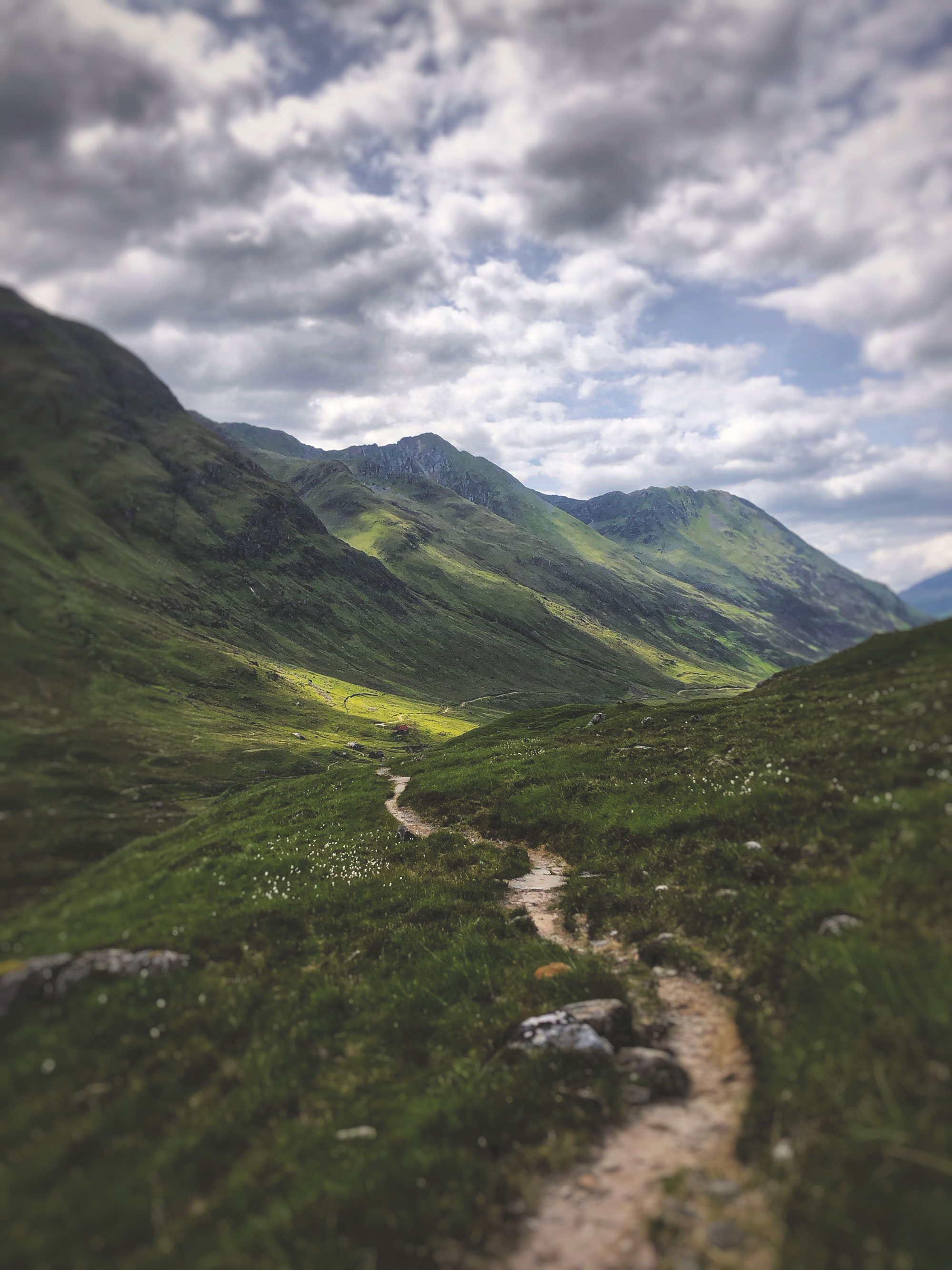
Back in New Zealand, and back at the office, I found myself being pulled back into corporate life and everything that goes with it. I missed the simplicity of being utterly and completely in the present, knowing what the weather was doing, and feeling physically tired at night.
The first stop was Scotland; the Outer Hebrides and then the Highlands. The Hebrides are famous for their long, white sand beaches and thatched roof houses. I rode up the Hebridean Way, wild camping on the machir sand dunes each evening, surrounded by layers of history. Back on the mainland, I did a section of the Highlands 550 course, with long hike-a- bike sections, sleeping in bothys (Scottish DOC huts), or wild camping by lochs, enjoying the pleasure of being in the middle of nowhere, cooking a simple meal, taking a swim and enjoying the isolation.
I caught a ferry to the Netherlands and rode up part of the Eurovelo 12 route from Hook of Holland to Hirtsals, at the top of Denmark. This can mainly be described as flat riding along endless dikes, with countless sheep and farm gates. There are some lovely fishing towns along the way and plenty of places to stop, but it is busy and not what I think of as adventure. There were some highlights, namely the Dutch Frisian Islands, and when the industry finally gives way to sand dunes and lighthouses in Denmark. This part of the trip was all about getting to the ferry that would take me to the Faroe Islands and then on to Iceland, where I would spend two months.
It was over a beer in Kathmandu that I had first heard about the Faroe Islands. We met a Faroese man in a pub, he showed us where he was from and a few pictures. I knew that I had to go there one day and experience that place for myself, and now I had eight days to explore.
The Faroe archipelago has 50,000 inhabitants and is made up of eight larger islands connected by tunnels and ferries. The first challenge is designing a route in a place where there are not many roads, where you can’t wild camp, and campgrounds are few and far between. My route looked like a strange spider and needed to be redrawn after I arrived, when I saw the terrain.
The ferry from Denmark arrives in the capital Torshavn and, from the moment I arrived, I felt like I was in a giant, godly light show. The sun, the clouds, the sea and the moss green hills all play together to amaze and impress. The scenery is unique and, at the same time, brutally harsh and delicate. There are whales in the bays, puffins and hundreds of thousands of sea birds that nest on the soaring cliffs.
As a cyclist, it is mainly easy riding, the roads are all paved, there is not a lot of elevation to contend with and there is not much traffic on the roads. But, there are tunnels. You are allowed to ride through all but one of them (11km long with a roundabout in the middle, quite an engineering marvel). After a frightening experience in a tunnel in Bortoy, I caught rides through the rest of them – it was not only safer, but gave me the chance to meet with locals and find out more about life on these windswept islands.
It seems amazing that such a small place would have invested so much in tunnel infrastructure, but when you live in these remote areas, connection becomes essential. There are stories of the inhabitants in the northern-most islands being cut off for months last winter because the ferry couldn’t dock. The weather is what makes the Faroe Islands a challenging place to ride. You are constantly reminded – with the wind, cold and rain – that you are on small rocks, surrounded by ocean, near the Arctic circle.
Not much grows here, a bit of grass for the sheep, and the fjords have salmon farms. There is a strong connection to the sea, probably a remnant of their Viking origins.
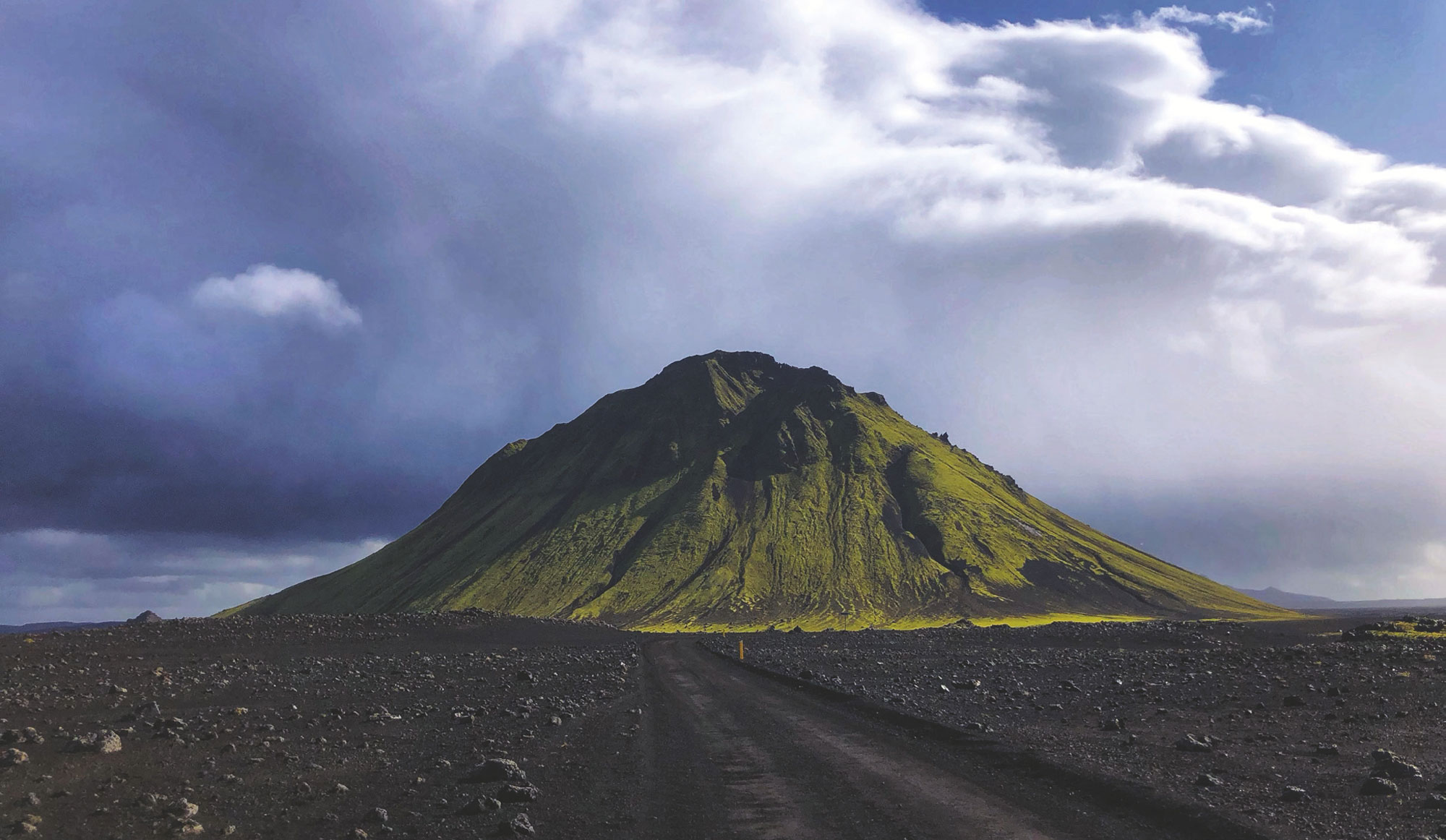
Emerging into civilisation and seeing people again was overwhelming - they smelled and looked so… clean.
The ferry to Iceland lets the bikes on first; you have to pedal hard to get up the ramp ahead of the cars and trucks. On the two-day crossing you can watch whales and dolphins from the lounge. There is no WiFi, so you just read and watch the world go by.
Most people who go to Iceland visit the south; I headed north. It was early August, and the days were still long with only a few hours of true dark in the middle of the night. The summer season here is short, and August was already late.
The island is barren, vegetation is hardy and subtle, supporting only a few stunted sheep and some patient horses. For fuel, the locals gather the Siberian driftwood from the beaches. The north is called cold, not because of the temperatures, but because there is no geothermal activity. Still, every small hamlet has a public pool and sports complex, usually with a place to pitch a tent and have a shower. Hot pools are what you do here, to be outside, enjoy the light, catch up with friends and let the warmth seep in.
After reaching the northernmost point of the island, next to the arctic circle, I turned south to prepare to cross through the centre of Iceland – 570km, 5700m ascent, 15 days of full autonomy, through inhospitable terrain and unpredictable weather. The jump off point was Myvatn, where I provisioned for the trip and waited for a good weather window. The route I had planned took me through the highlands, with their lunar, volcanic, and glacial landscapes.
The terrain was not technically difficult, it was mostly 4×4 tracks, but it was very lumpy, washed out and often sandy. Days would go by without seeing another soul, my only company was the silence (and millions of midges). The challenge was the solitude, a bike heavy with food and water, river crossings and contending with whatever the weather decided to throw at me that day. But it was magical! I got to hold a rainbow in my hand, saw the northern lights, soaked in natural hot pools to ease the cold out of my bones; survived hail, a sandstorm, and 31 river crossings.
Emerging into civilisation and seeing people again was overwhelming – they smelled and looked so… clean.
My list of places I still want to explore is long. Right now, I am back in the corporate world, making money to fund the next adventure.


